ABSTRACT
Nowadays crisis management is a major topic for all organizations. Both external and internal communication can play critical roles in coping with organizational crisis. Compared to external communication, there is a lack of consideration toward internal communication in both theoretical and practical field.
With the increasing number of Generation Y members within organizations, the coexistence of many generations within companies can have influences on internal crisis communication because of their different characteristics, living backgrounds, and experiences.
The purpose of this thesis is to explore what is the influence of the generation gap on the internal organizational communication during a crisis context. The analytical approach has been used to conduct our study.
We used an online questionnaire to gather the opinions from 162 respondents from different generations and countries. By exploring theoretical framework and by analysing the data, we found that both “old” generations and Generation Y, agree that internal communication is important for dealing with crises, because it can unite the members and improve the trust. By building good relationships with employees and managers, encouraging employees to take more initiatives, and by providing enough information, the effectiveness and efficiency of internal crisis communication can be promoted.
Another result of this research is that the generation gap exists within organizations, and both Generation Y and “old” generations think that this gap can affect the internal crisis communication. The influence of the generation gap on the internal crisis communication can be reflected in some aspects including: the communication way (Vertical VS Horizontal), communication tool preference (New technologies VS Conventional), and values (Group oriented VS Individual oriented). However the generation gap can also bring opportunities concerning the internal crisis communication.
METHODOLOGY
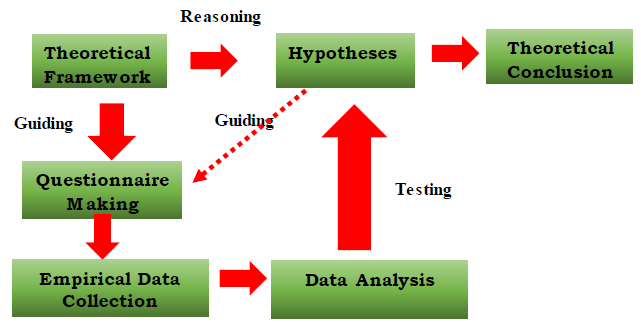
Fig 1 : Research Approach.
The main part of our master thesis can be divided in two parts. One part is about the analysis of literatures and theories concerning our topic in order to propose hypotheses and provide reasoning for them. The second part is about data analysis. Through the data analysis, we can draw our conclusions and then link them to the leadership field. Our research method is illustrated in Fig 1.
THEORETICAL FRAMEWORK
Many forms are taken by organizational crises (Hensgen et al. 2003, p.67), such as inferior products, industrial accident, office scandals, earthquakes and so forth. According to ICM annual crisis report (2014, p.2), the mismanagement is the major source of organizational crisis (see Figure 2).
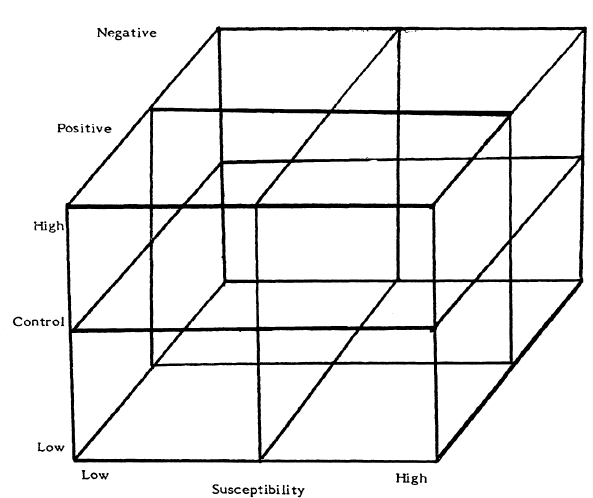
Fig 3: Typology of organizational crisis.
The easiest way to classify crisis is to judge the cause of it: human mistake or natural disaster. However, the typology developed by scholars is far beyond that. The pioneering work of Milburn, Schuler and Watman (1983, p.1156 – 1157) developed three – dimension classification (see Figure 3).
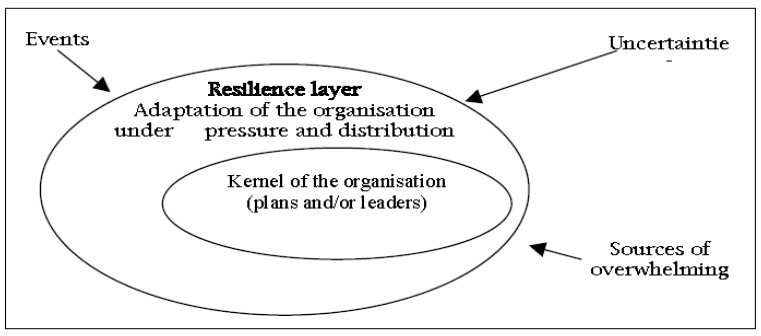
Fig 6: The resilience layer to organizational crisis.
According to Wybo (2004, p.25), the prediction helps to avoid crisis while devices and procedures of the organization need to be set up to master crisis. There is a resilience layer that contributes to resist the crisis (see Figure 6). The resilience layer can help the organization adapt to the new situations under pressure and uncertainty.
REASONING AND HYPOTHESES
Internal Crisis Communication and Its Effectiveness
Even if the external crisis communication is crucial, it is not enough. Indeed, internal communication is also essential for solving problems. However, inside organizations, employees and managers may have different opinions about the importance of these two kinds of communication. With the H1 undermentioned we would like to test if the internal crisis communication has the same value as external crisis communication according to the members of the organization.
H1: From the perspective of organization members, internal communication is as important as external communication during a crisis situation.
DATA ANALYSIS AND DISCUSSION
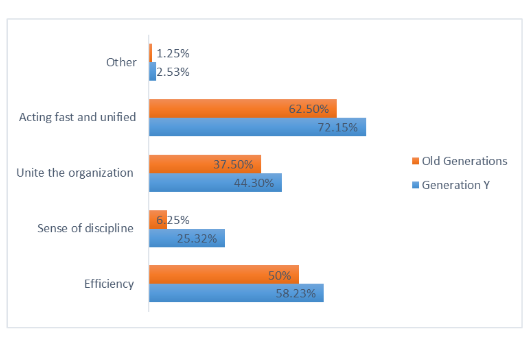
Fig 8 : Reasons to choose vertical communication.
Horizontal communication targets only a portion of the frame population which will have to transmit information to its teams; There is always a loss of information with horizontal communication. Both “old” generations and Generation Y have different opinions about the reasons for which they choose vertical communication (see Figure 8).
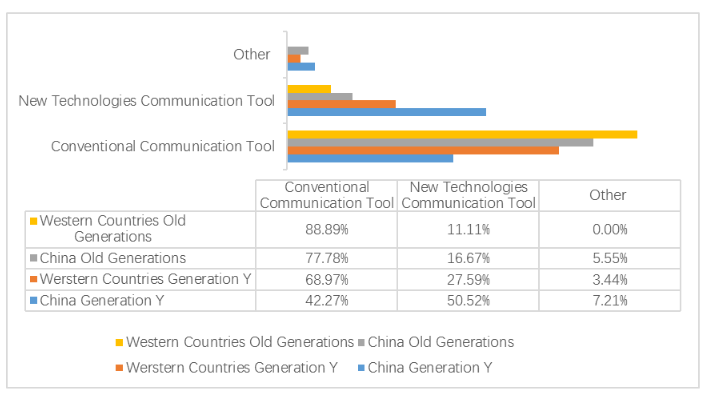
Fig 10 : Comparison of communication tool preference.
In our study, we asked the respondents about “the communication tool they prefer to use when a crisis happens”. Results are shown in Figure 10.
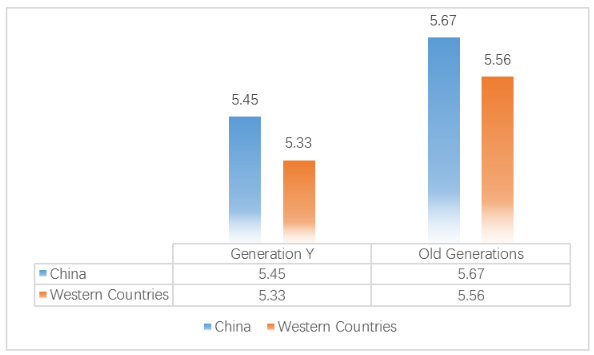
Fig 15 : Tendency to link language with context.
The Figure 15 reveals that the people from the different generations and different countries use to link their language with the context. We used LIKERT 7 points scale to ask: “During a crisis situation, when I communicate I use to link my communication to the context.” (1 represents strongly disagree with that, 7 represents strongly agree with that).
CONCLUSION
Organizational crises have been recognized as one of the most serious problems in modern business world because of its frequency and destructive consequences. According to the results of our study, most of the people from “old” generations have been through organizational crises, while the Generation Y age group lacks experience in coping with organizational crises. There are many origins of organizational crises: mismanagement and labor disruptors are the major factors that can lead to organizational crises. In comparison with natural disasters, most of the organizational crises are caused by human activities (almost 90%).
Although in the business world, the external crisis communication is the one that always attracts the organization’s attention, from the perspective of organization members, both “old” generations and Generation Y, agree that internal communication is important for dealing with organizational crises. Our resultss how that they think internal communication is more important than external communication when they have to cope with a crisis.
During a crisis context, the internal communication will be affected by different aspects, such as time pressure, inadequate information, fear and nervousness of employees.
Our study showed that internal crisis communication is important because it can unite the members by sharing information, expressing diverse opinions, giving feed backs and improving the trust when facing crises by making the people have equal access to all the information.
Rumors are one of the bad consequences that can be brought about by crises and by a bad internal crisis communication. It can have a bad influence on group working. By providing enough information, it can be reduced.
Source: Linnaeus University
Authors: Antoine Mathot | Lin Jiang
